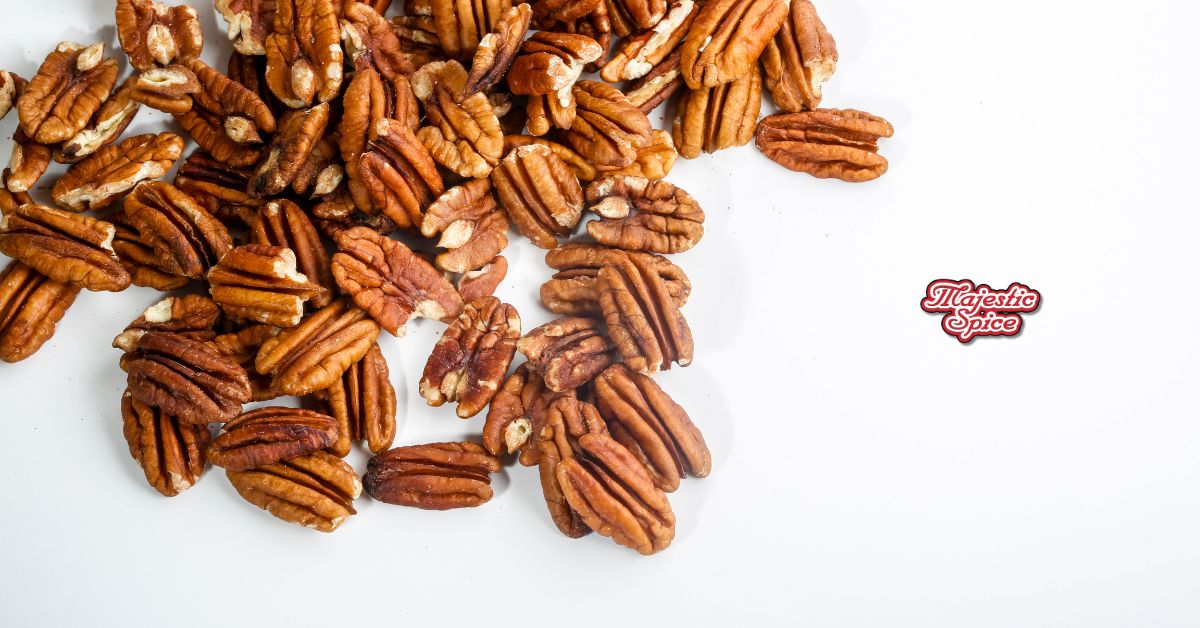
The European Union has become the most important export market for U.S. pecans, even as overall exports from the U.S. have dropped. This shift reflects both the structural patterns of trade and the changing dynamics of supply.
Europe Becomes the Top Buyer
In the 2024–25 season, over half of all U.S. pecan exports, approximately 2.15 million lbs, were shipped to the EU. While total U.S. pecan exports declined by nearly 20%, shipments to Europe increased.
The Netherlands recorded a 72% increase, now leading among EU importers. Germany and Spain remain key destinations as well. Other notable increases were seen in exports to China (+100%), Japan (+74%), and Saudi Arabia (+64%).
U.S. Crop Recovery and Global Supply Limits
Hurricane Helene caused some disruption to the U.S. pecan crop in late 2024. However, recent reports indicate that damage may be less severe than expected, particularly in eastern Georgia.
Globally, pecan production is expected to contract:
- U.S. production: –6%
- Mexico (kernel basis): –13% to –17%
- Total (kernel basis): ~178,200 MT, a drop of ~6%
This lower output has put pressure on supply. Kernel prices have risen, and many buyers are opting for direct contracts due to limited spot availability. Pecan halves are now priced above $13.23/kg.
EU Tariff Adjustment
The EU had planned to apply a 30% tariff on U.S. pecans starting in September 2025. That plan has been dropped following a new bilateral trade agreement. Instead, a 15% base tariff will apply to most EU exports into the U.S., helping to stabilize the trade relationship.
Import Growth Across the EU
Despite reduced availability, pecan imports into the EU increased by an estimated 14–18%, reaching around 11,800 metric tons valued at €109 million.
Breakdown by country:
- Netherlands: ~42%
- Germany: ~31%
- Spain: ~10%
U.S. shipments to the EU increased by 13%, while Mexico’s share rose by approximately 24%. The two countries remain the dominant suppliers to the European market.
What This Means for Buyers
- Inventory is tight. Those sourcing pecans should plan in advance and consider securing volume through long-term agreements.
- Costs are up. Prices reflect actual supply shortages, not speculation.
- Alternative origins are expanding. Mexico’s role is growing, and production in South Africa, China, and parts of South America may offer options in the near term.
Tariff pressure is lower than expected, but keeping an eye on trade policy changes remains necessary.
